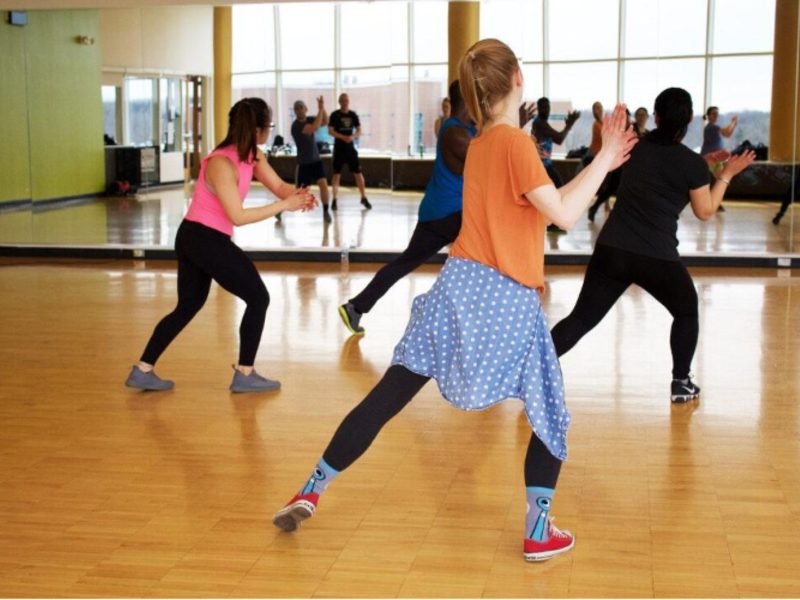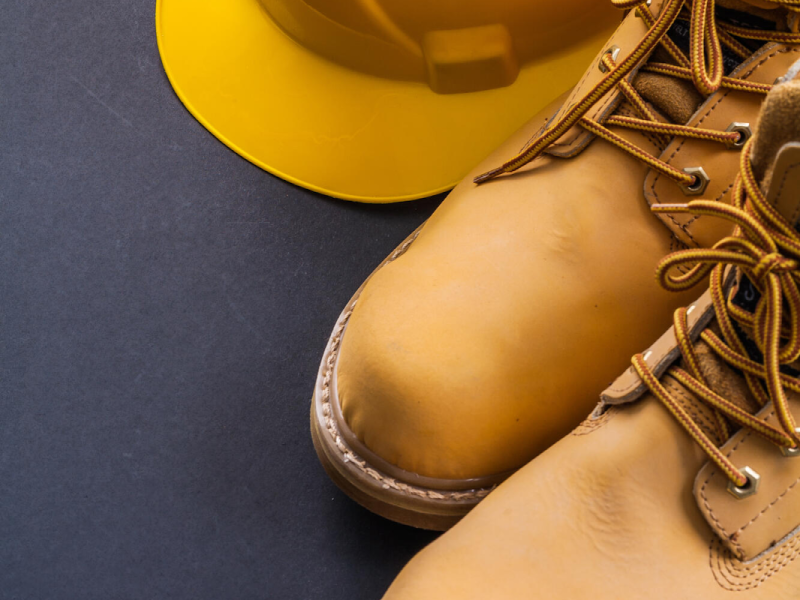Are you looking for ways to improve the appearance of your skin? Do you want to reverse the aging process and get rid of those acne scars? Skin resurfacing might be right for you.
The procedure has the ability to tighten skin and stimulate collagen growth. It can also shrink those enlarged pores and kick your spider veins to the curb.
There are a few things that you’ll need to keep in mind before you make an appointment to get the procedure. We can tell you everything about it so you can decide if it’s right for your skin. Keep reading to learn more.
Table of Contents
What Is Skin Resurfacing?
Skin resurfacing treatment involves using a laser to remove the top layer of your skin. It improves the overall texture and leaves it feeling super smooth.
Depending on your needs, your doctor may recommend that you go with a non-ablative treatment. The professional will still use a laser to do the procedure, but it won’t get rid of that top layer of skin.
The non-ablative skin brightening is good for those who are trying to treat spider veins and other skin conditions such as rosacea and acne. You can learn more at beyondskinaesthetics.com.
Who Should and Shouldn’t Get the Procedure
If you have acne-related skin problems that over-the-counter medications can’t solve, skin resurfacing might be for you. It also works for sagging skin, wrinkles, crow’s feet, uneven skin tones, enlarged oil glands, warts, and age spots.
Skin resurfacing treatment is best for those with lighter skin tones. There’s less of a risk of hyperpigmentation for these individuals. That doesn’t mean that those with darker skin pigments can’t go in for resurfacing, however.
You’ll need to talk to a professional that has experience working with those with your skin tone. They’ll know which lasers will work best for you.
If you’re dealing with excessive acne breakouts and sagging skin, you may want to talk to your doctor about a different treatment option.
Cost Information
So, now it’s time for the big question. How big of a hit is your wallet going to take for skin resurfacing? It depends if you’re going with traditional treatment or the non-ablative option.
Regular resurfacing will cost a little over 1000 dollars per session. The non-ablative treatment will cost well over 2000 dollars for every appointment. You’ll most likely need to prepare your bank account for multiple sessions as well.
Unfortunately, your health insurance won’t cover the procedure. Since it’s cosmetic, you’re going to have to pay for the entire thing out of your own pocket.
How Does the Procedure Work?
The procedure will begin weeks before your actual appointment. The doctor will need to do a series of mini treatments to prepare your skin for the real deal. It will decrease your chances of experiencing any negative side effects.
On the day of your treatment, the doctor will numb the area with an anesthetic cream. If they’re treating a huge area, they may give you pain killers or a sedative instead. This will ensure that you’re comfortable throughout the entire procedure.
After the painkillers kick in, the doctor will cleanse your skin to get rid of any oil and dirt. They’ll then grab the laser and move it slowly around your skin.
After laser resurfacing, your skin will be sensitive to UV rays and the various environmental contaminants. The doctor will cover the treated area with a bandage to protect it from these risks.
Side Effects and Risks
Nothing comes without its risks. That includes laser resurfacing. You may experience bumps, swelling, infection, hyperpigmentation, scars, redness, rash, and burning.
Following the care instructions from your dermatologist will cut down your risks. You’ll need to let your doctor know your medical history, as well as tell them what medications you’re taking.
Aspirin can cause you to bleed and set back your recovery. If you’re taking prescriptions for acne, it will increase your risk for scarring. These are only a few examples.
Timing
When it comes to resurfacing, timing is everything. Fall and winter are the best seasons for treatment. There are fewer daylight hours, meaning less exposure to UV rays.
If you’re like most people, you’re also outside a lot more often during the spring and summer. That is the time of vacations, after all. We will say that you should still wear sunscreen when you go outside regardless of what season you have the treatment done.
Choosing a Professional
The last thing you need to know is to do your research before you book an appointment. In the hands of an amateur, the laser will do more harm than good.
You should entrust your skin solely to a trained professional, such as Geria Dermatology, which is led by a Board-certified dermatologist in Cosmetic Surgery.
This certification signifies that the dermatologist has undergone specialized training for skin resurfacing. They might also have a patient-focused team dedicated to creating the optimal workplace while delivering the highest quality dermatological care.
The most effective approach to discovering a similarly skilled professional possessing these credentials is by conducting a swift internet search. This will enable you to peruse reviews from their other patients. Additionally, most doctors provide a roster of their certifications on their respective websites.
Everything You Need to Know Before You Go In for Skin Resurfacing
If you’re looking for a way to reduce the appearance of wrinkles and turn back the clock, laser skin resurfacing might be best for you. It involves using a laser to remove the top layer of your skin to smooth things out.
You can also make an appointment for another version of the procedure that doesn’t remove any skin. Both treatment options come with possible negative side effects, but as long as you listen to your doctor and choose a professional, you’ll be good to go.
For more ways to take care of your skin, visit the Health section of our blog.



